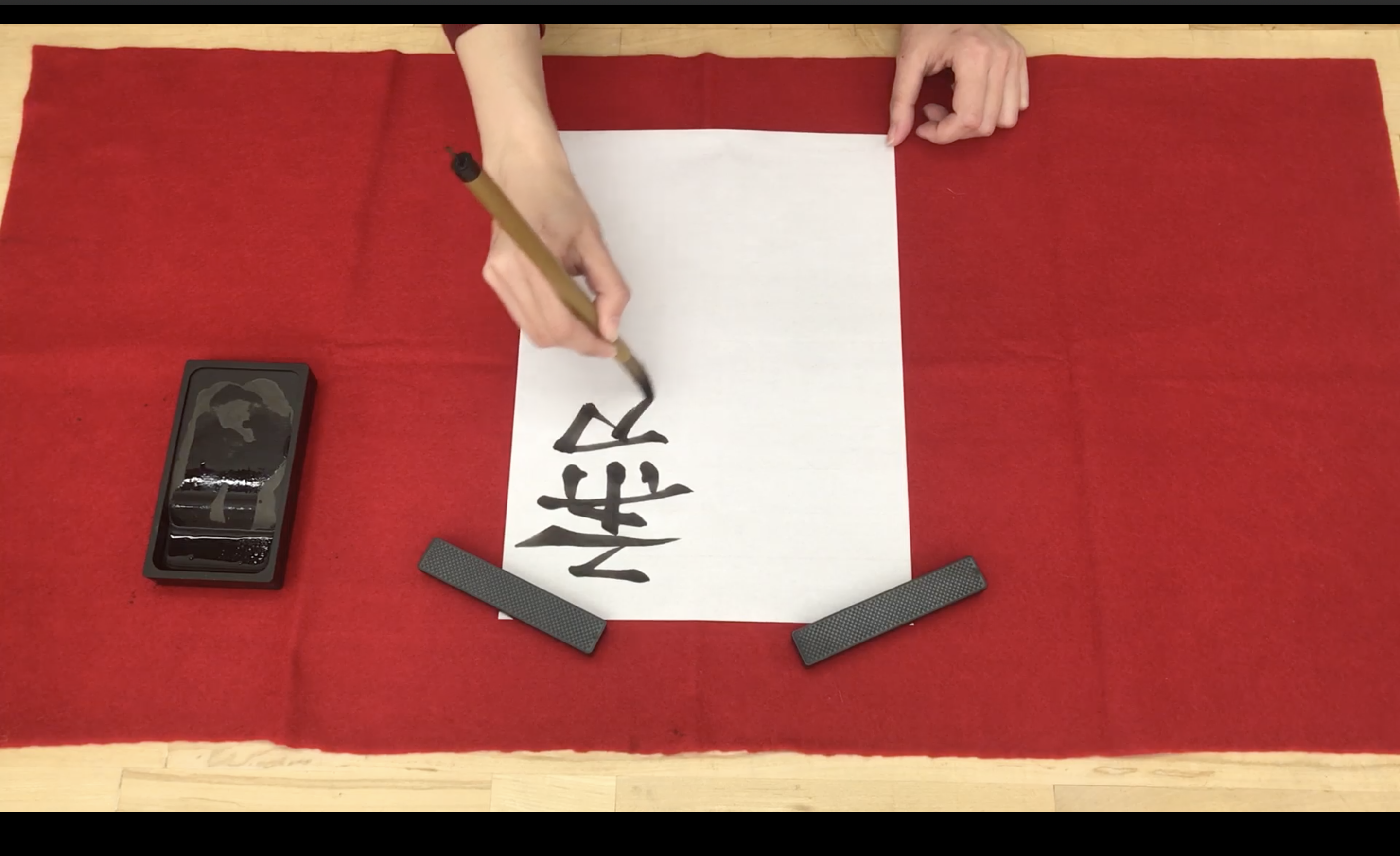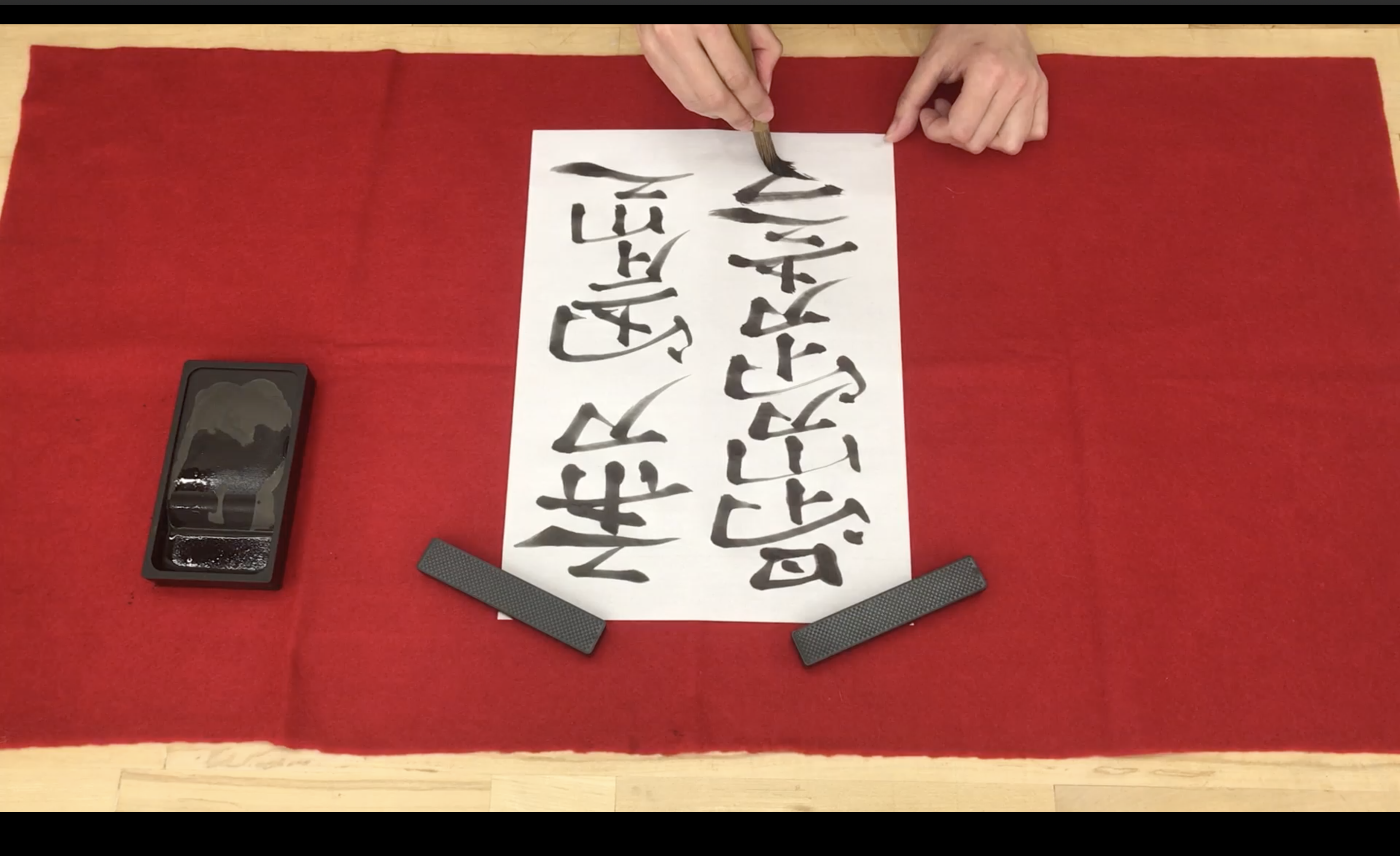EXTRANSLATION
Hanna Shibata
How can shifts in context and form enlarge the scope of communication?—This thesis explores how people see the world and interpret experiences that cannot be expressed through verbal and written language. While language reproduces culture and reinforces identity, individual experiences also exist beyond and outside of the realm of language. Language identifies and distills these experiences through another form. Cultural probes, performing acts, visual ethnographic research, and observations will investigate how people participate in communication by translating, and how different contexts alter concepts. My research will provide examples of how people try to understand unfamiliar customs or abstract concepts through non-linguistic languages, including images, gestures, or artifacts. These design explorations will support fresh conjectures about the process of translation, its impact on social behavior, and question the authenticity of the communication. Finally, my thesis will attempt to identify new ways to preserve and reinforce fidelity to the social, cultural, environmental contexts in multilingual communication.




100 Fragmented message
This project was performed over a period of almost a hundred days and consisted of collecting different translations every day. It aimed to explore how a translation process can impact a concept. It was expected to provide insight into what the difference between translation and interpretation is, and how they overlap.

